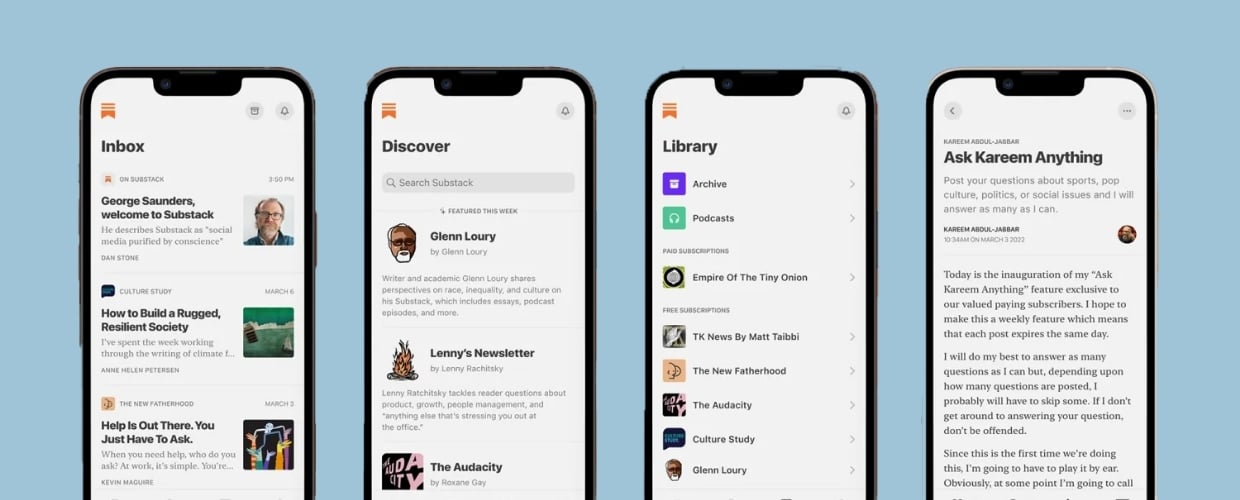News and product embargoes are very common in tech journalism. But what are they? And are they the best fit for your upcoming product launch?

Airfoil did a little experiment. We asked Senior VP of Content and Social Media Strategy Amy Bryson to interview Tim Moynihan for a piece on product launch embargo strategies. Tim, currently Editorial Strategist with Airfoil, is a former tech journalist. As such, he has been pitched countless embargoes from PR pros for decades. With stints at tier-one outlets including WIRED, CNET and PCWorld, Tim understands how the embargo process works from both sides of the PR/journalist divide. Let’s watch.
AB: How would you define a product-launch embargo strategy?
TM: An embargo is a product announcement, product demo or product review unit shared with journalists before the announcement goes public. It’s usually a signed agreement between a journalist and a company: The journalist gets some potentially cool information, but they have to agree not to publish it until a certain date and time. If you’ve ever wondered why every tech-news outlet seems to publish a product announcement or review on the exact same day and time, the answer is embargoes. They’re common for tech and auto coverage, movie reviews and research papers.
AB: When is an embargo strategy a good idea?
TM: It’s usually a good idea. It gives journalists more lead time to do background research and work on a story, and it increases the chance of coverage. At the very least, it increases the chance of getting feedback as to why a reporter won’t cover the story. In general, it keeps the writers happy because they’re getting an advanced look at things, and it keeps their editors happy because they have coverage on brand-new stuff. Some outlets have editorial policies that prohibit writers from signing embargo agreements. That’s getting more and more rare, though.
AB: Why do you think companies are afraid to leverage embargoes as a strategy in a product launch?
TM: Leaks, either to competitors or to the web at large. There is always the risk that a reporter may post a story before launch or otherwise break an embargo. But that is rare, and when it happens, it’s usually an honest mistake. They may have gotten the time zone for the embargo wrong, or there may have been an auto-publish error in their content-management system. Reporters generally don’t break embargoes on purpose, because they want to maintain positive working relationships with the companies they cover.
AB: What is the optimal timeframe for success? How many days in advance should PR people allow for an embargo?
TM: At least a week in advance. More time helps the reporter be more proactive. For a major event like CES, I’d say more like a month of lead time. That’s because there are so many things to cover under embargo. The extra time helps get all those CES stories done, and it also helps reporters have an actual holiday break.
AB: Why are embargoes so effective?
TM: Because reporters have more time to do competitive research and analysis, test the product thoroughly, contact you with follow-up questions and write the story without having to juggle daily assignments. They also boost the probability of a story being promoted on the homepage, because the editors know they can fill the slot in advance.
AB: Does an embargo guarantee positive coverage? Or coverage at all?
TM: Nope on both. An embargo doesn’t mean favorable coverage, and it doesn’t guarantee coverage at all. It can just boost your odds a bit. Remember, reporters don’t know a single thing about your announcement until they agree to the embargo. That means they don’t know if they’re interested in covering your news until you give them that information. That’s why many reporters hate embargoes.
AB: Are there times of year or certain events to time embargoes around? What should companies do to pick a day for news to break?
TM: Unless you’re launching at a major trade show, do your best to avoid competing with other big news. If your launch event falls on the same day as another major announcement, your news can get overshadowed or ignored. A good PR team will make sure the embargo lift doesn’t conflict with anything major in the industry. You’re still going to be competing with breaking news that day, which is impossible to predict. So it’s important to eliminate competition with low-hanging fruit, the things you know about in advance.
AB: How can you increase the odds of positive coverage with an embargoed announcement?
TM: Honestly, your product needs to be good, interesting and ready for scrutiny. It also needs more than just a press release at launch. Great visuals, well-produced videos and fully functional review units are all important and increasingly necessary. Target the right reporters, as well. If the product isn’t relevant to a reporter or their audience, they’re not going to cover it. And if the product isn’t ready for prime time, you’ll get negative coverage everywhere.
Still on the fence as to whether your upcoming product launch should involve embargoed information? Connect with us to begin planning the ultimate launch strategy.






